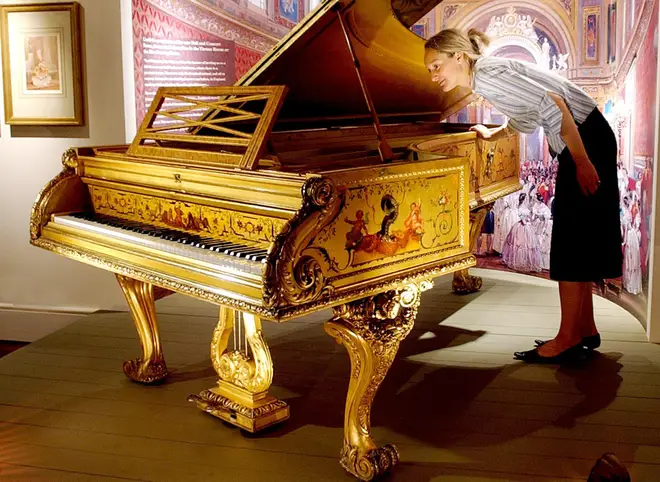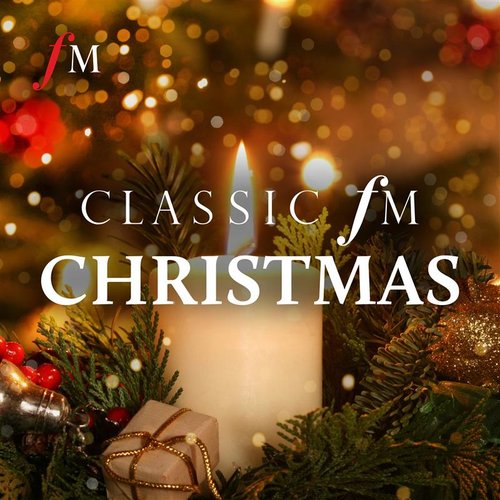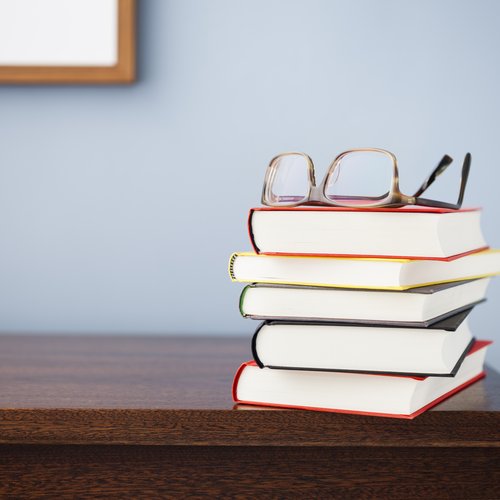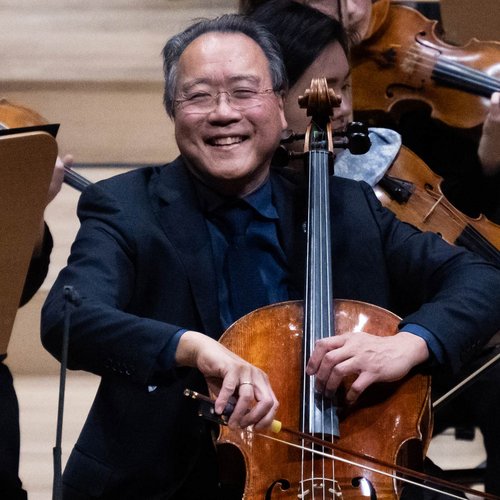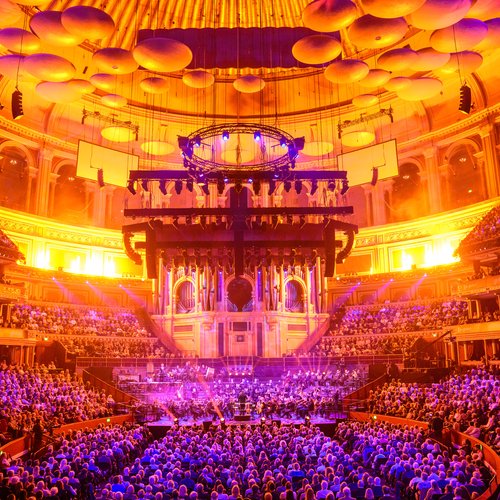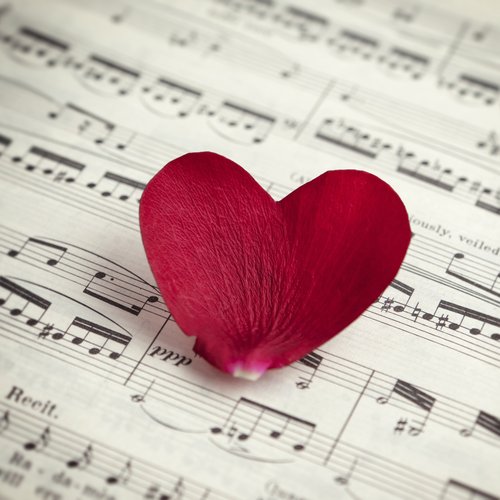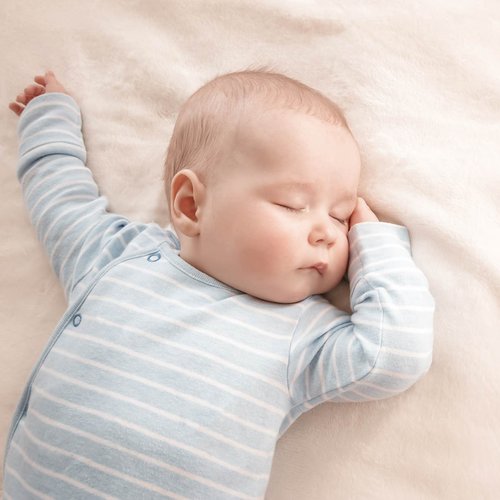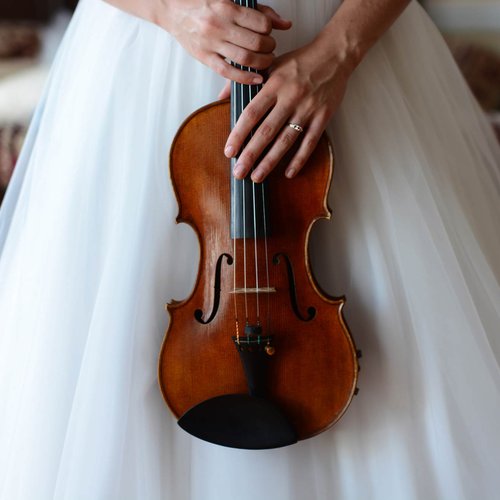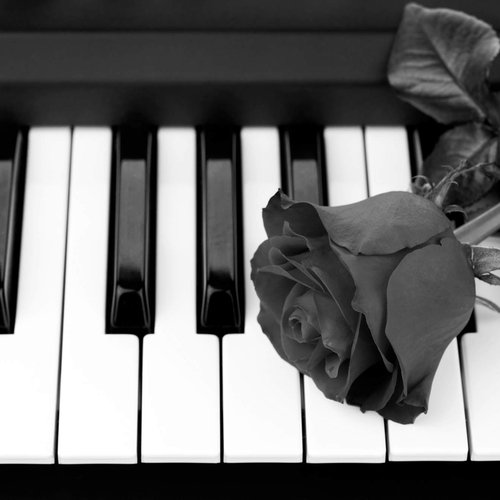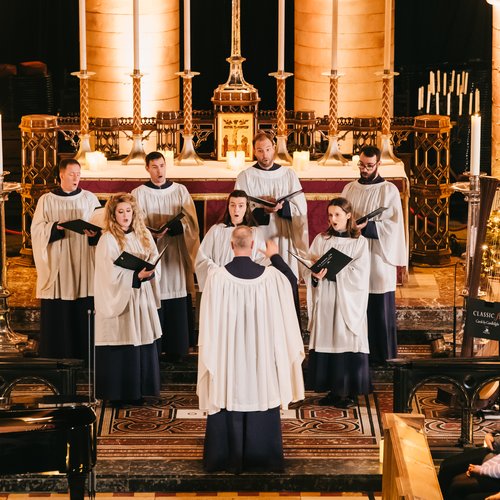A guide to Queen Elizabeth II’s contribution to classical music and the arts
12 September 2022, 00:19 | Updated: 14 September 2022, 10:53
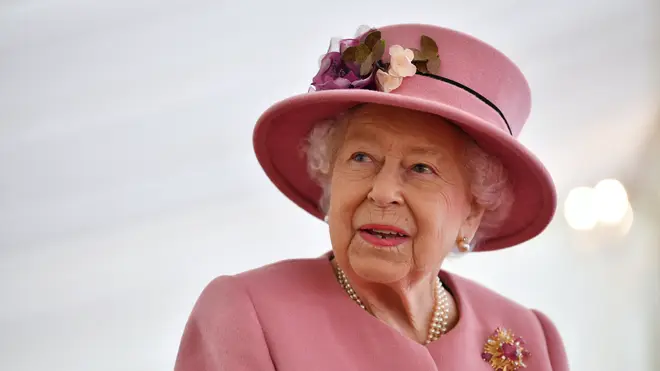
Queen Elizabeth II’s support for classical music was generous, unwavering and all too easy to take for granted.
Throughout her 70-year reign, Queen Elizabeth II was a generous patron of classical music and the arts.
Her involvement in the nation’s musical life was reflected in the positions she appointed, musical honours she awarded regularly, her patronage of music and music institutions, and her regular attendance at concerts and other classical music events.
The writer of this article herself remembers watching a patient Queen stepping down from the Royal British Train in Penzance and taking a moment to kindly watch her and her bandmates busk out some jazzy ditty or other on the windy autumn platform (if nothing else demonstrates her time for music, this surely does).
The fact that the Queen had two honorary degrees in Music (awarded before she ascended the throne) – a Bachelor of Music (BMus) from the University of London and a Doctor of Music (DMus) from the University of Wales – is fittingly symbolic of her commitment to music.
In 1973, the Queen also presented the Queen Mother with an honorary Doctor of Music degree from the Royal College of Music.
Read more: Who made the Queen’s gold grand piano? And how much is it worth?
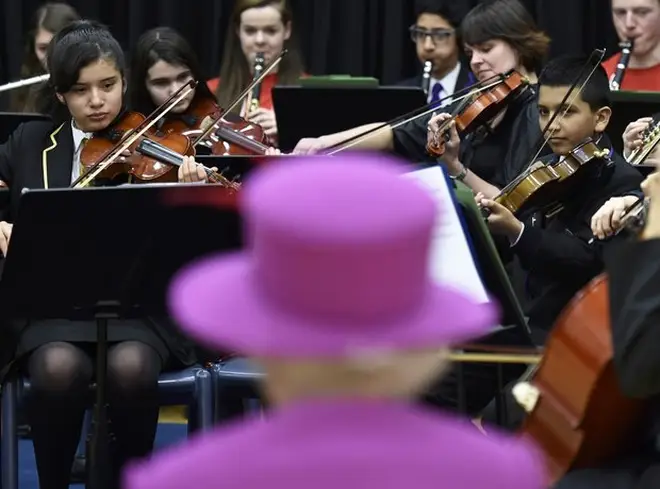

National Youth Orchestra plays national anthem in tribute to Her Majesty The Queen
While it is believed Queen Elizabeth II’s real preference was to have these classic pop and rock numbers on her playlist – the contribution she made to classical music throughout her long reign can’t be underestimated.
1. Appointing the first female Master of the Queen’s Music
The Master of the Queen’s (or King’s) Music – originally ‘Musick’ – was established in 1626 by Charles I. The first Master of the King’s Music was composer Nicolas Lanier, and other notable musicians to hold the post include William Boyce, Sir Edward Elgar and Sir Arthur Bliss.
The office is essentially the musical equivalent of the Poet Laureate and was established to recognise significant musicians and, at least originally, musicians who held royal posts, such as directing the monarch’s private band (until it was disbanded by Edward VII in 1901).
Queen Elizabeth II appointed four Masters of the Queen’s music during her reign: Sir Arthur Bliss, Malcolm Williamson, Sir Peter Maxwell Davis, and Judith Weir – the first woman to be appointed Master of the Queen’s Music and the current holder of the office.
Read more: Masters of the Queen’s and King’s Music, past and present
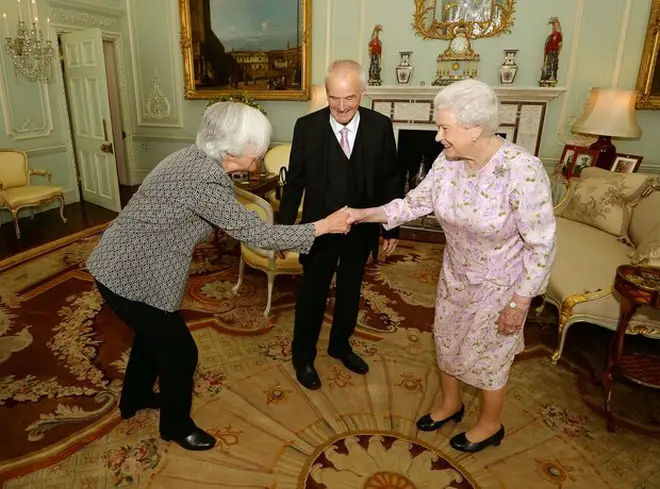
2. Inaugurating The Queen’s Medal for Music
In 2005, Queen Elizabeth II inaugurated The Queen’s Medal for Music, to be “presented annually to an outstanding individual or group of musicians who have had a major influence on the musical life of the nation.”
When the Medal was introduced, a new Music Committee was established to award eligible musicians and it was decided the medal would be awarded on St Cecilia’s Day – St Cecilia being the patron saint of music.
The first recipient of The Queen’s Music Medal was conductor Sir Charles Mackerras, and other recipients include bass-baritone Sir Bryn Terfel (2006), composer Judith Weir (2007), conductor Sir Colin Davis (2009), soprano Dame Emma Kirkby (2010), the National Youth Orchestra of Great Britain (2012) and violinist Nicola Benedetti (2016).
On receipt of the inaugural medal, Mackerras said: “I am very pleased to welcome the Queen’s Medal for Music, as a concrete symbol of the esteem which most of us feel musical life in Britain deserves.”
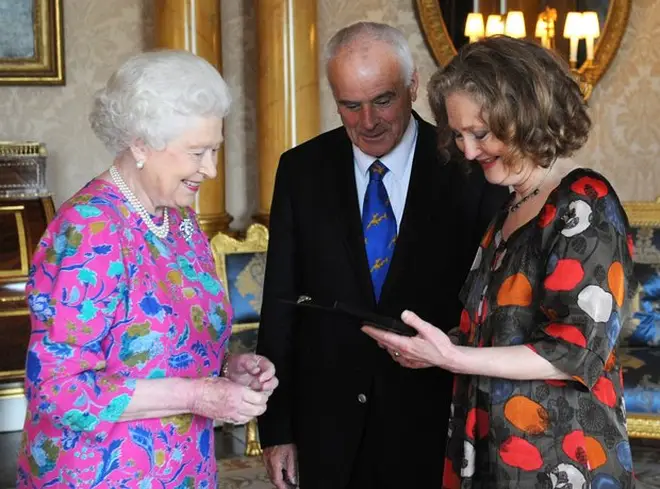
3. Recognising musicians in The Queen’s Birthday Honours List
Every year in her Birthday Honours List, Queen Elizabeth II would recognise scores of music performers, educators, directors and patrons for their services to music. From Sirs Simon Rattle and Bernard Haitink, to Dames Emma Kirkby and Fanny Waterman, there are numerous musicians who have featured in the lists over the years.
The late Stephen Cleobury was knighted in 2018 and told Classic FM: “I’m very thrilled and delighted, and quite literally honoured! It’s a wonderful thing to have this recognition of what I’ve spent my life doing. It’s an honour, also, for the whole activity of choral singing.”
Read more: The classical musicians recognised in Queen's Birthday Honours 2021
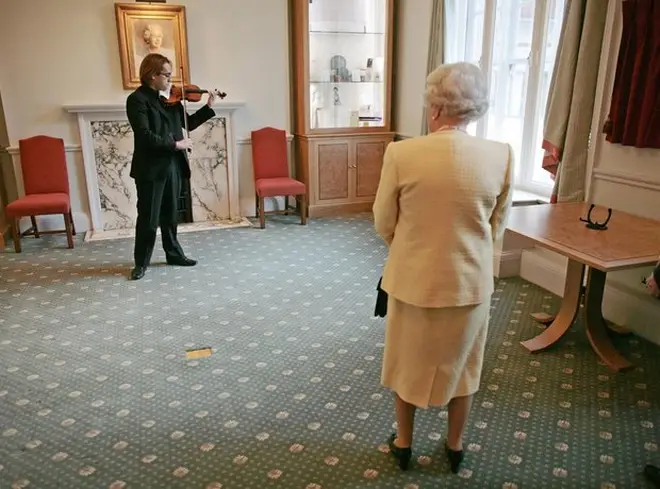
4. Opening and endorsing concert halls, music institutions and events
Along with numerous ‘Royal’ venues opened during the Queen’s reign around the world, the Queen Elizabeth Hall at London’s Southbank is named for Her Majesty, who opened the venue in March 1967 (she was still Princess Elizabeth when the neighbouring Royal Festival Hall was opened in 1951).
Among the 600-plus organisations and charities the Queen was patron of around the world, were numerous musical ones – including Help Musicians UK, National Brass Band Championships of Great Britain, London Symphony Orchestra, Royal Academy of Music, Royal Choral Society, Southbank Centre, Associated Board of the Royal Schools of Music and the rather niche Piobaireachd Society, which encourages the study and playing of the classical music on the bagpipe.
Click here for a full list of Her Royal Majesty’s patronages and charities.
5. Attending concerts and other classical music calendar events
Queen Elizabeth II regularly attended events and festivals, to open them or as an esteemed guest.
In 1938, Princess Elizabeth and her sister Princess Margaret attended the National Festival of the School’s Music Festivals of England at the Royal Albert Hall with their mother Queen Elizabeth. And in 1944, both Princesses returned to RAH to honour Sir Henry Wood on his 75th Birthday.
In 1952 she attended a St Cecilia’s Day concert in aid of the Musician’s Benevolent Fund at the Royal Festival Hall. She was photographed with Classic FM’s own Aled Jones in 1986 when she attended a London Symphony Orchestra gala and more recently, in 2007, she was treated to an exclusive concert on a Stradivarius at the Royal Academy of Music.
Read more: How Queen Elizabeth II has championed classical music – in pictures

Nicholas Owen Talks With Cedric From The Choir Of Her Majesty's Chapel Royal
6. Fundraising for orchestras and other musical institutions
Part of being a patron to over 600 charities and organisations saw the Queen undertake hours of fundraising on those institutions’ – and others’ – behalf.
In 1958, the Queen was photographed signing the Visitors Book at the Royal Festival Hall at a concert given by the Hallé Orchestra, in aid of musicians charities.
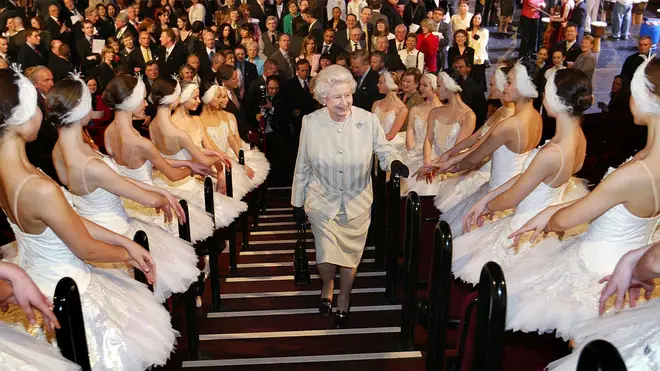
7. Supporting and maintaining traditional regimental military bands and orchestras
The British military (also known as Her/His Majesty’s Armed Forces) has several bands and orchestras within each of its divisions – the British Army, the Royal Air Force, the Royal Marines, and the Royal Navy – including the Band of the Grenadier Guards, the Band of the Household Cavalry and orchestras for ceremonial occasions and Royally attended events, like the Countess of Wessex’s String Orchestra and the Royal Air Force Salon Orchestra.
British military bands and orchestras provide jobs for hundreds of working musicians – be they composers, conductors, woodwind players, brass players, percussionists, or string players – and without the pomp and circumstance maintained by the Queen and the Royal Family many of these jobs would surely be at risk.
There’s also, of course, the music associated with the Chapel Royal – the spiritual establishment serving the monarch and the Royal Family – performed by the Choir of the Chapel Royal (see video above).
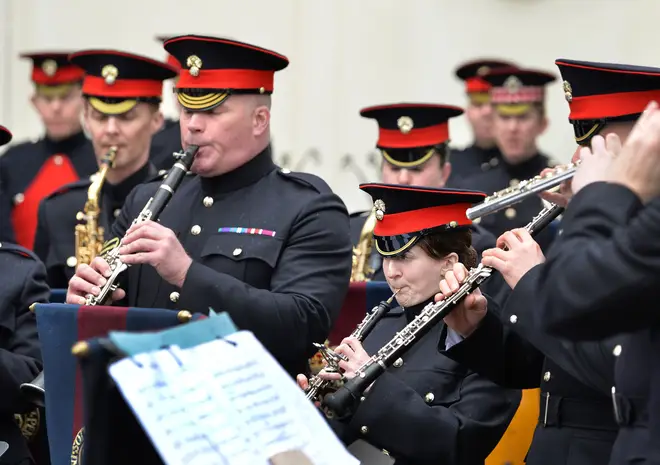
8. Featuring musical instruments and artefacts in the Royal Collection
There are several fine musical specimens included in the Royal Collection.
Buckingham Palace has a stunning organ in its ballroom, and a gold grand piano belonging to the Queen stole the show during the 2018 Queen’s Speech.
Other instruments in the Royal Collection include George III’s Meissen Porcelain Flute and Dragonetti’s Basse de Violon.
There are also plenty of musicians, and plenty of scenes of music making, featured in Queen Elizabeth II’s collection of paintings.
